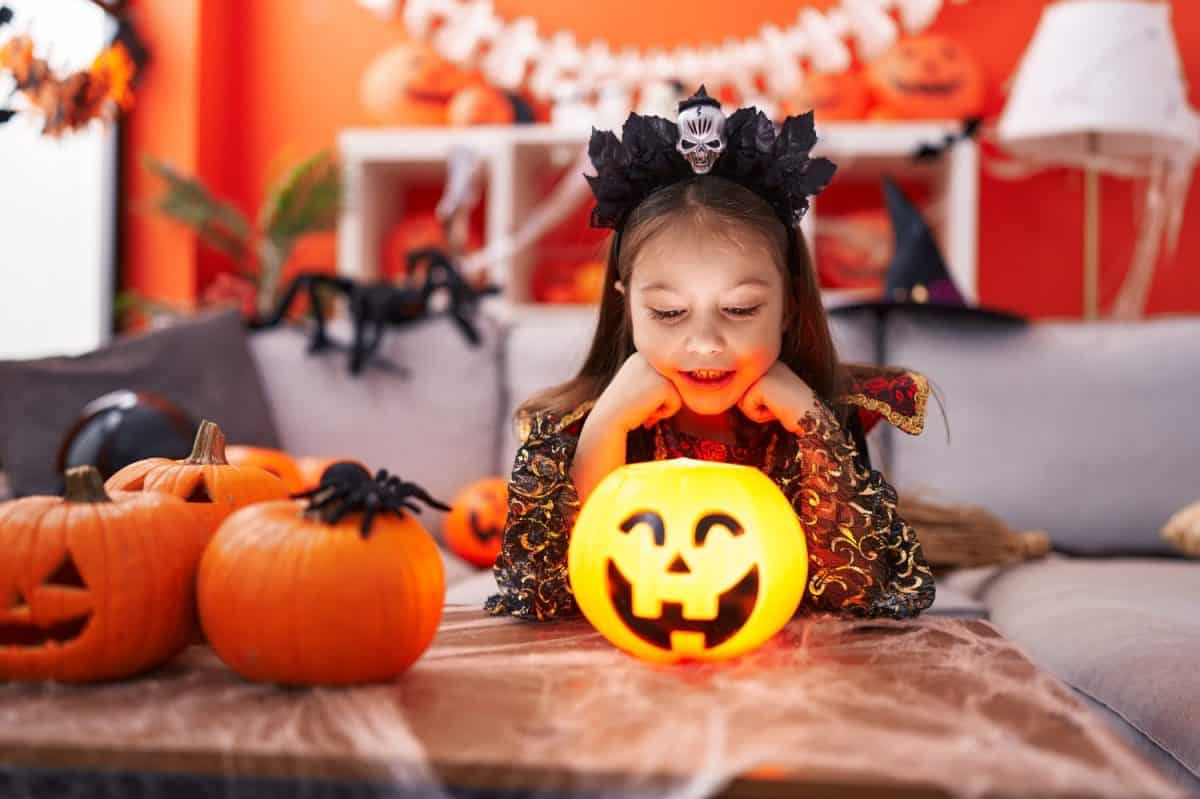When it comes to the history of Halloween the truth isn't scary, but it does reveal a few long-dead and buried secrets.
Did you know that, like much of American Tradition and history, Halloween finds its roots across the seas? It's true, like many other wonderful and rich customs, Halloween was brought to America as immigrants came from other countries. Halloween can be traced directly to Irish traditions. The Gaelic holiday of Samhain is what we now call Halloween. It was first celebrated in America in the 19th century.
On this holiday, the Irish believed that the boundaries between the world of the dead and this world disappeared, losing evil spirits to freely roam on October 31st, causing big problems. Festivals, including bonfires, feasts, and gift offerings, were held to appease the spirits, mimic them, or generally keep them away.

©Krakenimages.com/Shutterstock.com
How Other Countries Contributed
Other countries also contributed to the shaping of our American Halloween. The name “Halloween” itself stems from pagan traditional celebrations of Northern Europe. The original pagan holiday was known as “All Hallows' Eve.” Later, as Catholicism conquered and converted the pagan nations of Northern Europe the festival was renamed All Saints' Day. The actual mode of celebration changed little, except for the addition of fasting and vigils for the dead. Eventually, Pope Gregory the III and Gregory the IV date of the All Saints' Day celebration, was moved from the date of the original pagan celebration to November 1st.
Even some of the most beloved symbols of the holiday stem from much more than simple fun. Jack-o-lanterns, for example, find their bulbous beginning in Ireland and turnips. The traditional story passed down over generations of bedtime stories tells the story of an old Irish farmer named Jack. Jack was a stingy gambler who liked to drink. As the legend goes Stingy Jack convinced the devil to climb into a tree trunk and then trapped him there by carving a cross on the trunk of the tree. In retaliation for Jack's trick, the devil cursed Jack to an endless eternity of wandering the earth at night.
In Ireland, faces are carved into turnips or other root crop vegetables. When the tradition of Stingy Jack and vegetable carving reached the shores of North America, turnips were swapped for the plentiful and easily carved pumpkin.
Every child's favorite Halloween tradition, trick or treating, was seen in rudimentary forms during early pagan celebrations. Children, particularly young children, are more apt to dress as a princess or pirate than an evil spirit. This was exactly the costume worn by the masked celebrants of early Halloween festivals.
During their celebrations, these costumed figures would gather offerings from the village families and burn them or leave them out as gifts to appease the evil spirits thought to roam freely during the dark hours of Halloween night. That is where the significance of the happy phrase “trick or treat” came from. It was, in actuality, a threat: if you don't give these creepy ghosts and ghouls a treat they will play a trick on you, like spoiling your crops or diseasing your flocks. Fortunately, the history of Halloween has evolved to give us the fun holiday it is now. Have a Happy Halloween!

©FamVeld/Shutterstock.com
| Halloween Recipes | Party Games | Halloween Crafts |
| Homemade Costumes | Party Ideas | Haunted House Ideas |
| History of Halloween | Crafts for Kids | Pumpkin Recipes |
The image featured at the top of this post is ©Volodymyr TVERDOKHLIB/Shutterstock.com
